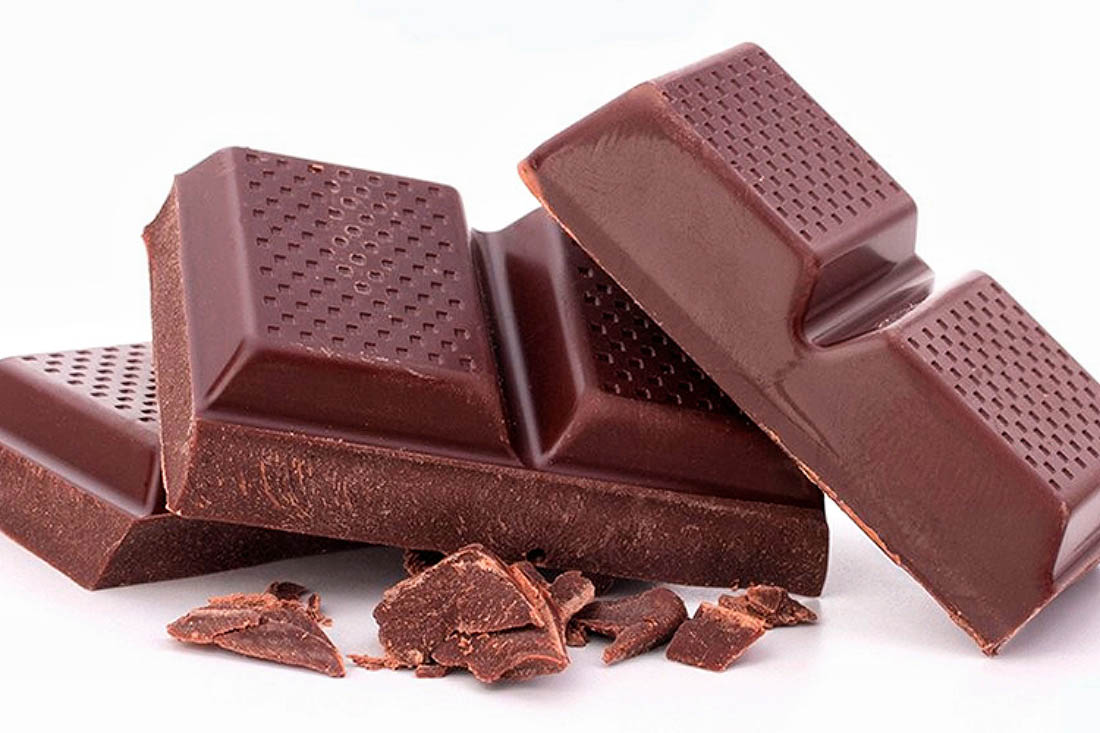A few nights ago I was talking to my friend Alicia Botella, a radio listener, and she told me that she missed the participation sections, in which cooking recipes were shared.
At that time she had just made chocolate custard and was decorating it with meringue, so the aroma hung in the air and we began to exchange homemade recipes based on that ingredient of the gods; that most people like and has been on our tables for several generations.
Thus, searching in memory, she told me about the chocolate pudding and flan that his mother made, about the homemade chocolates and the smaller ones called kisses, chocolate cookies and other delicacies that combine coconut or peanuts with this element, to delight us with a delicious nougat.
I know that now while reading this chronicle, you will be wanting to have a refreshing chocolate and vanilla milkshake, but I ask you: do you know where chocolate comes from?
Origins
According to a legend of the Mayan civilization that I found in an article, chocolate has its origin in Mexico, where the God Quetzalcoatl gave the cacao tree to men; years later it was baptized with the scientific name Theobroma Cacao, which translates from Greek as “food of the gods”.
From that beautiful oral tradition came to us that Quetzalcóatl gave the Toltecs cocoa beans, so that his people would be well fed and with that magic and strength they could be studious, wise, artists and artisans.
Way of Consumption
In pre-Hispanic America, storing or drinking chocolate in water was only for warriors or high society characters, and in some cases it was used for celebrations or rites. With the conquest it traveled to Europe and from there to the whole world. But the Mexican regions of Tabasco, Campeche and Chiapas, on the Pacific coast and in all the areas where the Mayan culture developed, pioneers in cultivating and processing this wonderful food.
The Mayan people discovered that if cocoa beans were roasted and mixed with water and other ingredients such as corn, the result was a rich and nutritious drink, which they called “Xocolatl”, which means “bitter water”. Very similar without a doubt to the name that came to us.
But other pre-Columbian civilizations also took advantage of it, because later the Aztecs arrived, who prepared a chocolate very similar to that of the Mayans. The difference was that the Mayans drank it hot and the Aztecs cold or lukewarm.
For our health
In addition to being addictive and pleasant, chocolate and its derivatives contain highly nutritious elements, as they contain fats, proteins, carbohydrates, minerals and vitamins.
All these nutrients generate health benefits, because they have antioxidant properties; that is, it has an active action in the prevention and development of chronic, cardiovascular diseases, some types of cancer, Alzheimer’s, Parkinson’s, diabetes and regulates cholesterol, because it is so energetic.
From literature
In Camagüey, the taste for chocolate is very old, because in some chronicles of El Lugareño and in works by Gertrudis Gómez de Avellaneda, it is named for being in the preference of the principeños of its time.
Today we can find chocolate in the form of chocolates in many private establishments, also accompanying various coffee preparations. It is ideal with hot milk for children’s breakfast and as a dessert for any family, which, like my friend Alicia’s, makes a simple custard and invites us to give our palates a treat.
Translated by: Aileen Álvarez García






